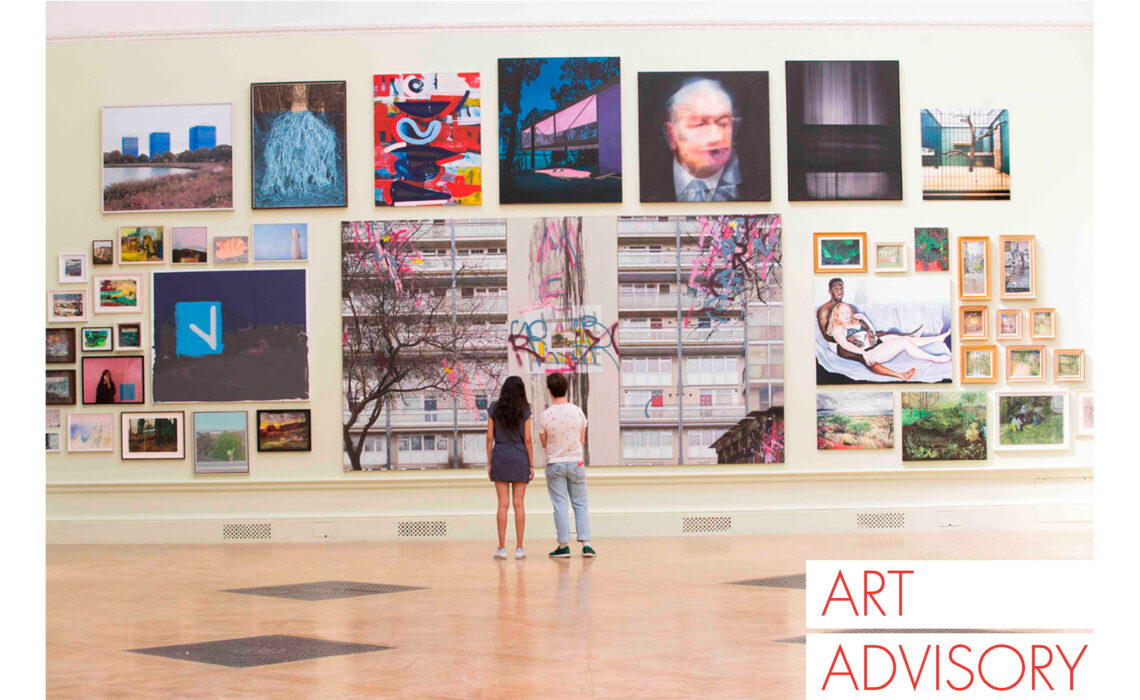
Tips to Find The Ideal Place for The Pieces In Your Collection
By Sybaris Collection
We list 7 tips to consider the spaces that your art pieces should occupy. Remember that by acquiring a work you not only establish a romantic relationship with it, but you have also entered into a pact to preserve it for a long time. Follow these recommendations and turn your private spaces into a personal museum.
1) Identify all the visual points to find the right one
A piece of art is not only special because it connects with you. It is also so in relation to the space it occupies. It is not the same as a piece sitting on the floor or hanging. Nor if it is in a corner or on a wall. Make several tours as if the space where the pieces are found were in a gallery. Ask you the following questions: Where is it best seen from? What perception do I have of the work if it is in this corner or on this wall? What relationship does the piece establish with the person who walks through the space? Remember that the title of the pieces, as well as their deep meanings, can be related to the space in innovative ways.
2) Find a proportion between the piece and the space
When we start an art collection we must develop interior designer skills. Empty spaces are important. Consider that the proportions that exist between the work and the walls (or other objects such as furniture or other pieces) can give the piece a different appearance. Take into account the paths of the people who pass through that place: Is there space for people to walk around the piece? What value does the work gain if it is lifted off the ground? Check that the spaces between the walls, the floor and the works are proportioned according to your interests.
3) Try different lights on the piece
Is natural light enough for the work or should you incorporate artificial light? Do not choose the final place of the piece without considering the light. Remember that some works could be damaged if the sun hits them directly. Some pieces may require artificial light to look their best. Check out the different shades of lights available. While it is safest to select a white light there are also other lights available that could benefit your piece of art. Check out how the appearance of artificial light changes from natural light during the day. Would you like the piece to look different at night? You can use light in many ways.
4) Choose the height indicated for your piece of art
When we select the place of a piece we must consider how high it should be. Tradition says that the pieces must be at a suitable height so that the viewer can appreciate them. However, contemporary art changed everything. The works could be on the ground or at an unreachable height. Everything is possible. Do not abuse the eccentricity: if a piece is on the ground it must have a powerful reason. Otherwise, go for convention. Sometimes the safest is the best. Especially when you think of paintings and sculptures.
5) Find a connection between new pieces of art and those you already had
Making an art collection is exciting. Even if you have an idea of what you want, things can change suddenly. How many times did we fall in love with a piece that a few years before did not catch our attention? When you buy a new piece of art think about the relationship it has with the previous ones. In the end, your art collection is a reflection of yourself. But not only do you take into consideration the emotional link or the meanings that are established between the pieces, but also the spatial relationships with them, as if you were in your personal museum. Think about the ins and outs. It is not the same that a room is in the main corridor of your house than in the most remote and private one.
6) Consider the natural conditions so as not to put the piece at risk
When acquiring a piece it is important that you investigate everything you can about it: what materials it is made of, what care these materials require, etc. A work of art is a treasure that you bond with, but it is also an investment. Increase its market value over time by providing proper care. Although Duchamp put an end to Le Grand Verre when it crashed, not all works have the same fate.
7) The rule of thumb is great, but measures it is better
As we mentioned in one of the previous points, an art collector must develop interior designer skills. And there cannot be a good interior designer who does not use the proper instruments to measure. Your works of art must have an intention as much for their intrinsic meanings as for the places in which they are placed. Nothing should be left to chance: except that a piece has the intention of causing some chaos in space (contemporary art again!). Measure the recesses, the distances between the piece and the wall, as well as the distance between the ground and the floor. Treat the artwork you just purchased as your most precious treasure. And assign it a unique space, because, at the end of it all, that piece deserves it.


